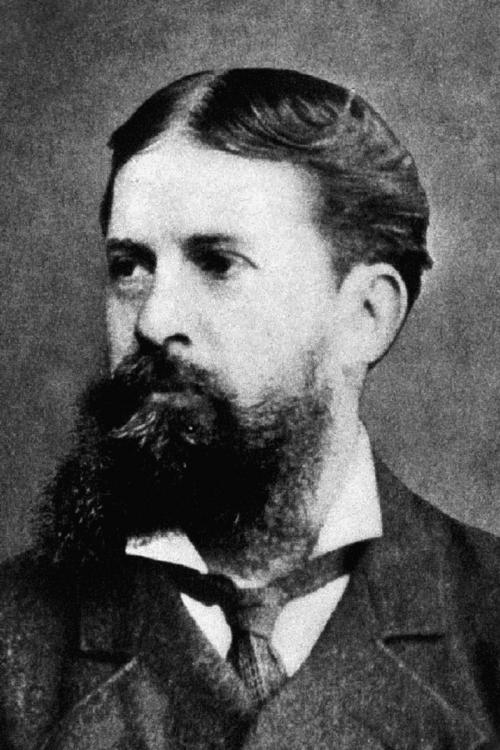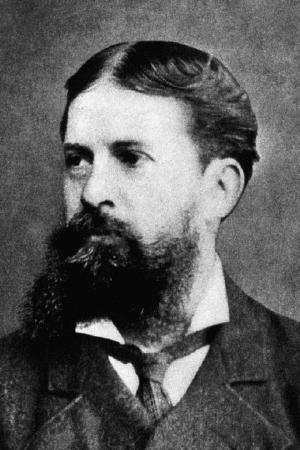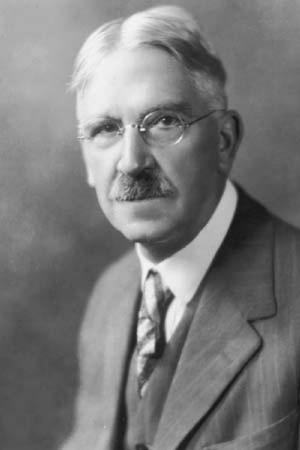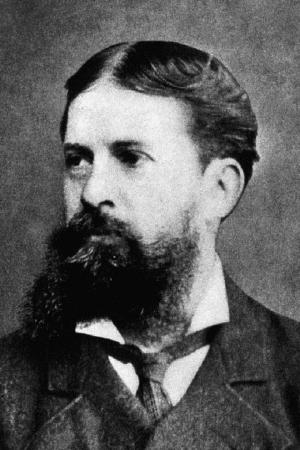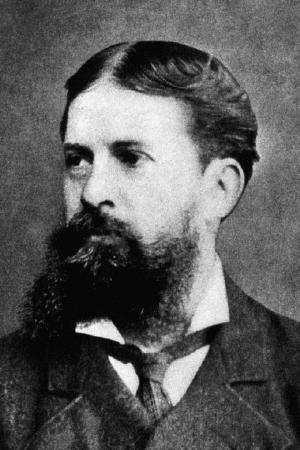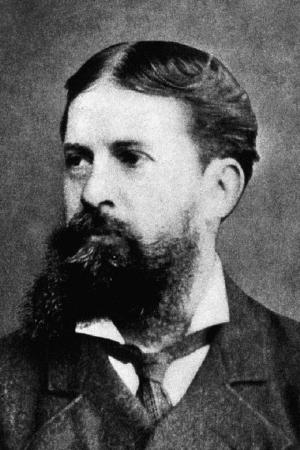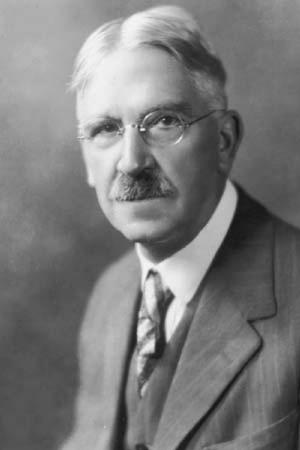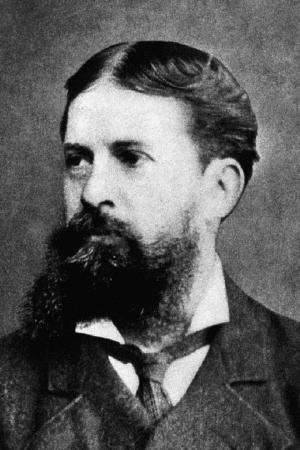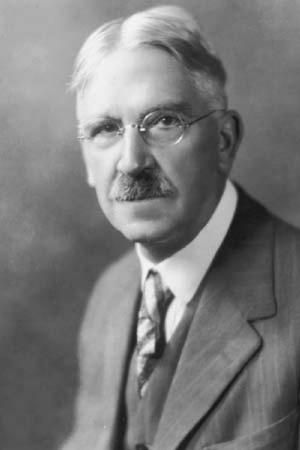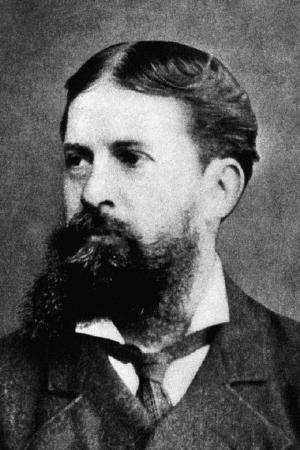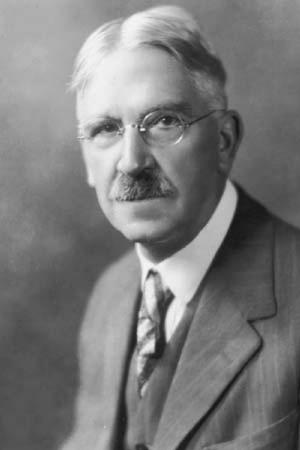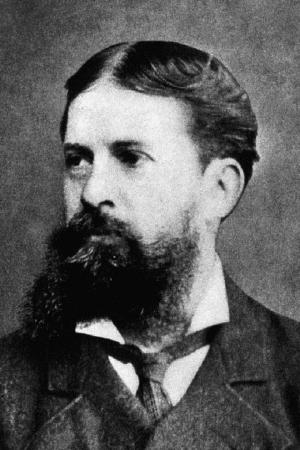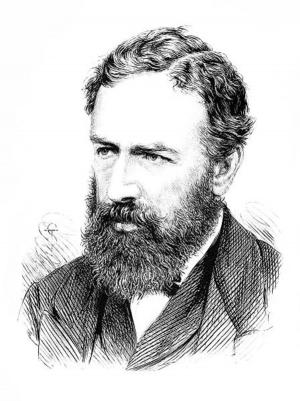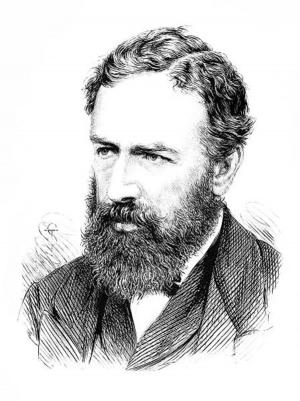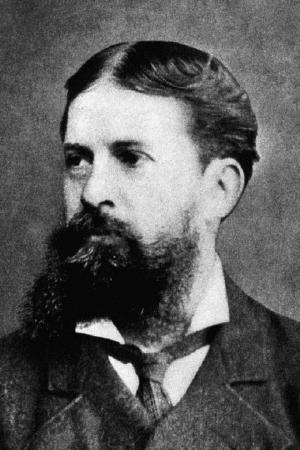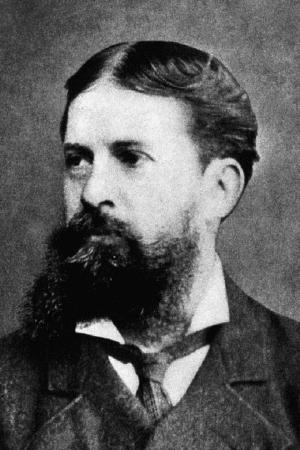| Author: | Charles Peirce, Timeless Books: Editor | ISBN: | 1230001230314 |
| Publisher: | Timeless Books | Publication: | July 14, 2016 |
| Imprint: | Language: | English |
| Author: | Charles Peirce, Timeless Books: Editor |
| ISBN: | 1230001230314 |
| Publisher: | Timeless Books |
| Publication: | July 14, 2016 |
| Imprint: | |
| Language: | English |
The book has an active table of contents for readers to access each chapter directly.
In 1934, Paul Weiss, an American philosopher, the founder of The Review of Metaphysics, and the Metaphysical Society of America, called Charles Peirce "the most original and versatile of American philosophers and America's greatest logician".
In 1943, Webster's Biographical Dictionary added Charles Peirce’s introduction as "now regarded as the most original thinker and greatest logician of his time."
Max Fisch, a well-known writer of identity, individuality, responsibility, morality, and political commitment, commented Charles Peirce as the follow:
“Who is the most original and the most versatile intellect that the Americas have so far produced? The answer Charles S. Peirce is uncontested, because any second would be so far behind as not to be worth nominating. He was mathematician, astronomer, chemist, geodesist, surveyor, cartographer, metrologist, spectroscopist, engineer, inventor; psychologist, philologist, lexicographer, historian of science, mathematical economist, lifelong student of medicine; book reviewer, dramatist, actor, short story writer; phenomenologist, semiotician, logician, rhetorician and metaphysician.”
Without any doubt, Charles Peirce is in the row of the best minds with Henry George, William James, Thorstein Veblen, and Ludwig Wittgenstein.
In 1891, Charles Peirce published his first foundational paper to modern Metaphysics THE ARCHITECTURE OF THEORIES. In this paper, Peirce outlined a logical framework to divide metaphysics into: (a) ontology or general metaphysics, (b) psychical or religious metaphysics, and (c) physical metaphysics.
Regarding Ontology, Peirce wrote that “I formerly defined the possible as that which in a given state of information (real or feigned) we do not know not to be true. But this definition today seems to me only a twisted phrase which, by means of two negatives, conceals an anacoluthon. We know in advance of experience that certain things are not true, because we see they are impossible.”
Regarding Religious Metaphysics, Peirce characterized such belief as founded in an instinct doable in musing over the worlds of ideas, brute facts, and evolving habits.
Regarding Physical Metaphysics, Peirce held the view that "matter is effete mind, inveterate habits becoming physical laws".
The essential ideas presented in this book still have impact today on natural philosophers, computer scientists, and cognitive psychologists.
This is a must-read book to understand the foundational thought of modern Metaphysics, Logic and Psychology by Charles Peirce, one of the greatest philosophers and logicians in the world.
The book has an active table of contents for readers to access each chapter directly.
In 1934, Paul Weiss, an American philosopher, the founder of The Review of Metaphysics, and the Metaphysical Society of America, called Charles Peirce "the most original and versatile of American philosophers and America's greatest logician".
In 1943, Webster's Biographical Dictionary added Charles Peirce’s introduction as "now regarded as the most original thinker and greatest logician of his time."
Max Fisch, a well-known writer of identity, individuality, responsibility, morality, and political commitment, commented Charles Peirce as the follow:
“Who is the most original and the most versatile intellect that the Americas have so far produced? The answer Charles S. Peirce is uncontested, because any second would be so far behind as not to be worth nominating. He was mathematician, astronomer, chemist, geodesist, surveyor, cartographer, metrologist, spectroscopist, engineer, inventor; psychologist, philologist, lexicographer, historian of science, mathematical economist, lifelong student of medicine; book reviewer, dramatist, actor, short story writer; phenomenologist, semiotician, logician, rhetorician and metaphysician.”
Without any doubt, Charles Peirce is in the row of the best minds with Henry George, William James, Thorstein Veblen, and Ludwig Wittgenstein.
In 1891, Charles Peirce published his first foundational paper to modern Metaphysics THE ARCHITECTURE OF THEORIES. In this paper, Peirce outlined a logical framework to divide metaphysics into: (a) ontology or general metaphysics, (b) psychical or religious metaphysics, and (c) physical metaphysics.
Regarding Ontology, Peirce wrote that “I formerly defined the possible as that which in a given state of information (real or feigned) we do not know not to be true. But this definition today seems to me only a twisted phrase which, by means of two negatives, conceals an anacoluthon. We know in advance of experience that certain things are not true, because we see they are impossible.”
Regarding Religious Metaphysics, Peirce characterized such belief as founded in an instinct doable in musing over the worlds of ideas, brute facts, and evolving habits.
Regarding Physical Metaphysics, Peirce held the view that "matter is effete mind, inveterate habits becoming physical laws".
The essential ideas presented in this book still have impact today on natural philosophers, computer scientists, and cognitive psychologists.
This is a must-read book to understand the foundational thought of modern Metaphysics, Logic and Psychology by Charles Peirce, one of the greatest philosophers and logicians in the world.
